Feature
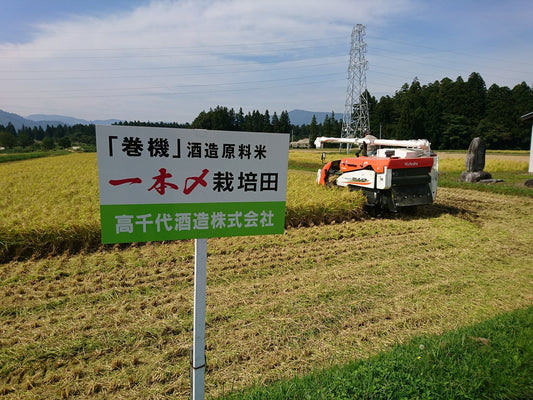
Ipponjime
Signature of Takachiyo A few breweries use this brand and Takachiyo is the only brewery manage it from seed. It's troublesome rice to grow but the return is quite high....
Ipponjime
Signature of Takachiyo A few breweries use this brand and Takachiyo is the only brewery manage it from seed. It's troublesome rice to grow but the return is quite high....
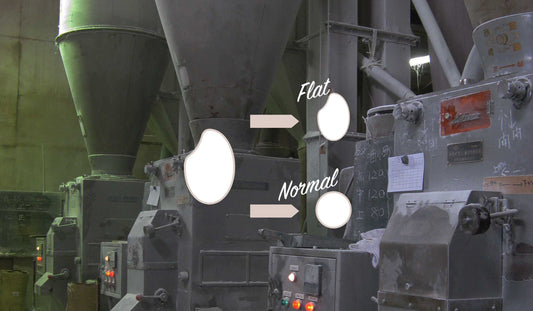
Flat Polish 扁平精米 -More finely polish rice- SAKE...
More Finely Polish Rice Processing is critical for Sake brewing to create the basement of Sake. By carefully polishing rice, the grains of rice thoroughly become well-shaped. It’s called “flat...
Flat Polish 扁平精米 -More finely polish rice- SAKE...
More Finely Polish Rice Processing is critical for Sake brewing to create the basement of Sake. By carefully polishing rice, the grains of rice thoroughly become well-shaped. It’s called “flat...

GINEBISHI
The Latest Brewer’s Rice in Aomori Released in December 2018, the latest brewer's rice from Aomori is designed to be hard on the outside and strong against diseases and cold...
GINEBISHI
The Latest Brewer’s Rice in Aomori Released in December 2018, the latest brewer's rice from Aomori is designed to be hard on the outside and strong against diseases and cold...
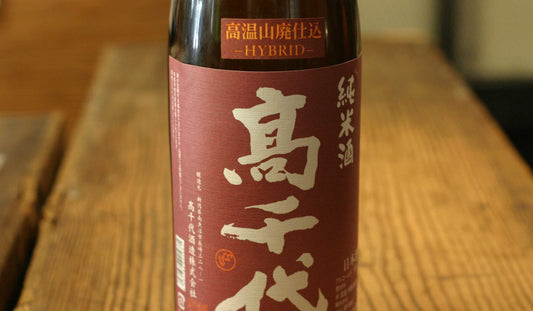
High-Temp Saccharification Yamahai
Sake brewing from the more scientific angle Sake achieves the attractiveness of both Yamahai and usual Sake. Firstly, for reducing the risk of Yamahai brewing Yamahai method is one of...
High-Temp Saccharification Yamahai
Sake brewing from the more scientific angle Sake achieves the attractiveness of both Yamahai and usual Sake. Firstly, for reducing the risk of Yamahai brewing Yamahai method is one of...
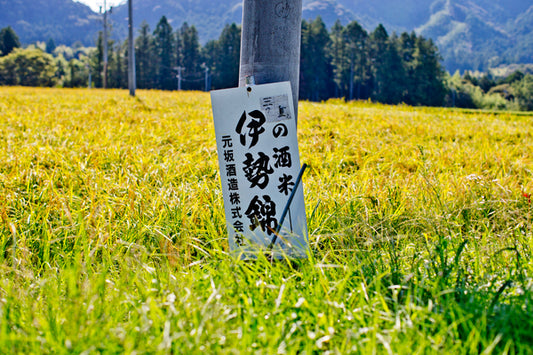
Isenishiki
Early 19c old brewer’s rice makes the clear and refreshing taste Isenisiki was born in Mid prefecture in 1860. Because it makes very aromatic Sake, Isenisiki became the popular brewer’s...
Isenishiki
Early 19c old brewer’s rice makes the clear and refreshing taste Isenisiki was born in Mid prefecture in 1860. Because it makes very aromatic Sake, Isenisiki became the popular brewer’s...
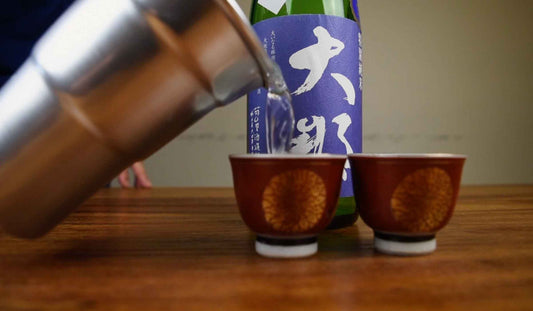
Hot Sake Ease The Tension
Sake is Junmai, Hot Sake is much better Sake is Junmai, Hot Sake is much better It's a saying by Hiroshi Uehara 上原浩, who dedicated a long time contributing to...
Hot Sake Ease The Tension
Sake is Junmai, Hot Sake is much better Sake is Junmai, Hot Sake is much better It's a saying by Hiroshi Uehara 上原浩, who dedicated a long time contributing to...
